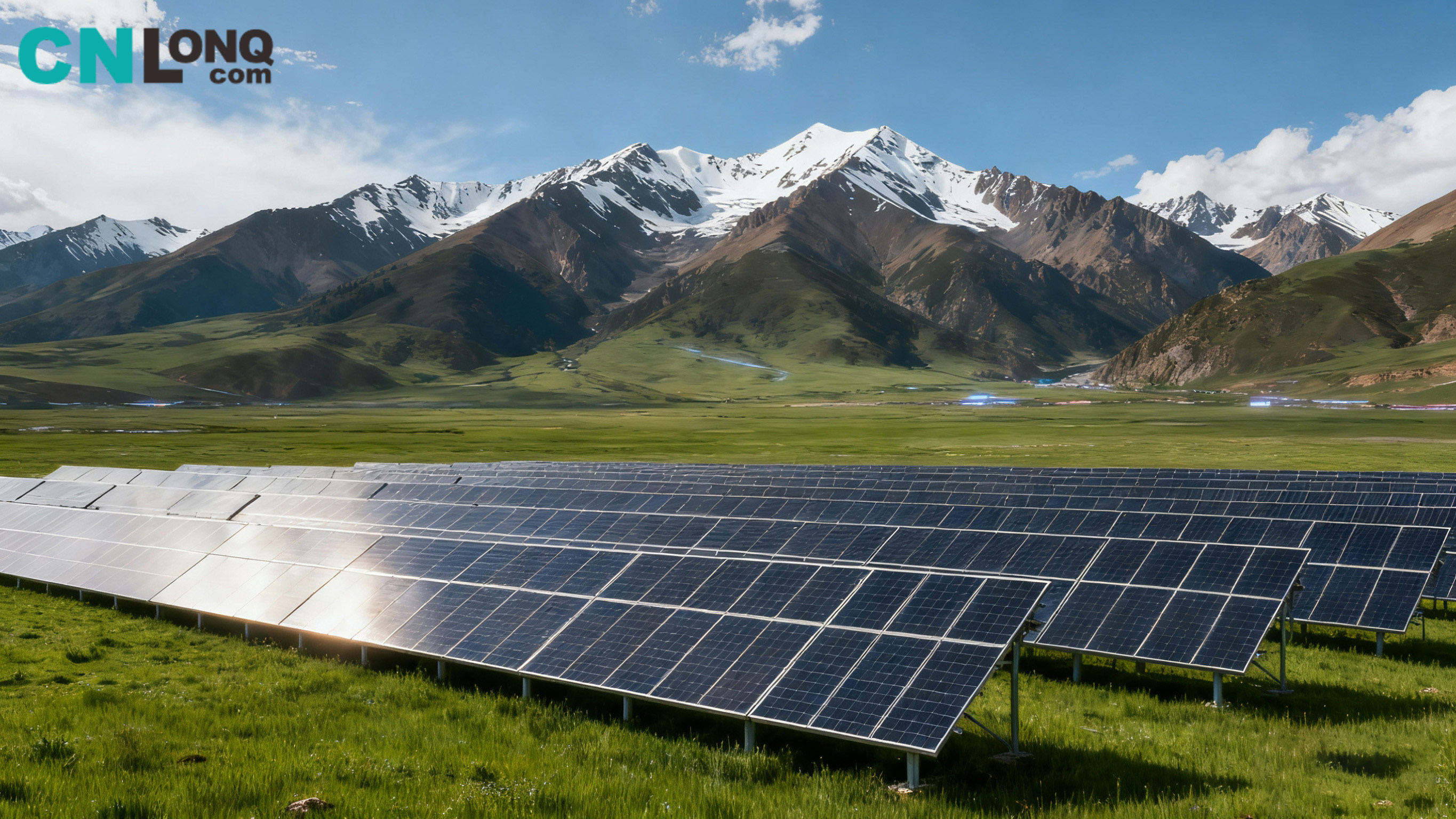
- English
- Español
- Português
- русский
- Français
- 日本語
- Deutsch
- tiếng Việt
- Italiano
- Nederlands
- ภาษาไทย
- Polski
- 한국어
- Svenska
- magyar
- Malay
- বাংলা ভাষার
- Dansk
- Suomi
- हिन्दी
- Pilipino
- Türkçe
- Gaeilge
- العربية
- Indonesia
- Norsk
- تمل
- český
- ελληνικά
- український
- Javanese
- فارسی
- தமிழ்
- తెలుగు
- नेपाली
- Burmese
- български
- ລາວ
- Latine
- Қазақша
- Euskal
- Azərbaycan
- Slovenský jazyk
- Македонски
- Lietuvos
- Eesti Keel
- Română
- Slovenski
- मराठी
- Srpski језик
Sichuan Launches 1GW PV Project, Paving Way for High-Quality Development of Global Solar Industry
2025-10-13
On March 26, 2025, the 1GW (gigawatt) Xiangcheng Gongzha Photovoltaic Project in Ganzi Tibetan Autonomous Prefecture officially broke ground. As the largest single PV project invested by a Sichuan provincial state-owned enterprise, it not only marks a key milestone in the local new energy sector but also reflects the distinct trend of China’s national solar industry accelerating toward large-scale, intelligent, and high-efficiency development.
Reported that the project is invested and constructed by Chuantou New Energy, a subsidiary of Sichuan Energy Development Group, with a total investment of approximately 4.5 billion yuan (equivalent to around 620 million U.S. dollars). Located in the plateau grassland area with an altitude of 3,900 to 4,400 meters, the project plans to install 1.92 million N-type TOPCon high-efficiency PV modules. It innovatively adopts a combined structure of "horizontal single-axis + fixed + flexible supports" to fully adapt to the complex terrain and light conditions of the plateau.
Upon completion and commissioning in 2027, the project is expected to generate an average of 2.1 billion kilowatt-hours (kWh) of clean electricity annually—sufficient to meet the annual power demand of over 832,000 households. Meanwhile, it will achieve significant environmental benefits: saving approximately 810,000 tons of standard coal and reducing carbon dioxide emissions by around 2.08 million tons per year, providing strong support for China’s "dual-carbon goals" (i.e., peaking carbon dioxide emissions before 2030 and achieving carbon neutrality before 2060).
Notably, Chuantou New Energy is not focusing solely on this project. In 2025, it is simultaneously advancing multiple PV projects, including the 400MW Maerkang Dazang Project and the 210MW Puge Xiluo Project. The total installed capacity planned to start construction this year reaches 1.81GW, with 960MW to be put into operation. Such an intensive project layout and advancement rhythm not only demonstrate the confidence of local enterprises in the development of the PV industry but also reflect that under the guidance of China’s national energy structure transformation strategy, the PV industry is ushering in a new round of investment and construction boom.
From the perspective of industrial technological development, many innovative practices of the Xiangcheng Gongzha Project provide important references for the high-quality development of the global PV industry. In terms of the combiner system design, the project adopts an "inn-styled" collection method for on-site combiner boxes. By shortening the length of the collection lines, it effectively improves the operational stability of the system. This design imposes higher requirements on the performance of core electrical components such as combiner boxes, fuses, and surge protectors, while also bringing new market opportunities for related component enterprises.
At the same time, the digital management platform built for the project enables real-time monitoring of millions of pieces of equipment. This marks the transformation of PV projects from the traditional construction and operation model to the "intelligent operation and maintenance + full-life-cycle management" model—a trend highly aligned with the current efforts of enterprises worldwide to develop intelligent monitoring components. It will further promote technological innovation and product upgrading in the upstream and downstream of the global PV industry chain.
Industry insiders analyze that with the continuous implementation of large-scale PV projects and the constant iteration of technologies, the position of the PV industry in the global energy supply system will be further enhanced. In the future, enterprises with high-efficiency component R&D capabilities, core electrical component production strength, and intelligent solution provision capabilities will gain a more advantageous position in the global competition. Together, they will drive the PV industry to make greater contributions to global energy security and the achievement of carbon neutrality goals.




